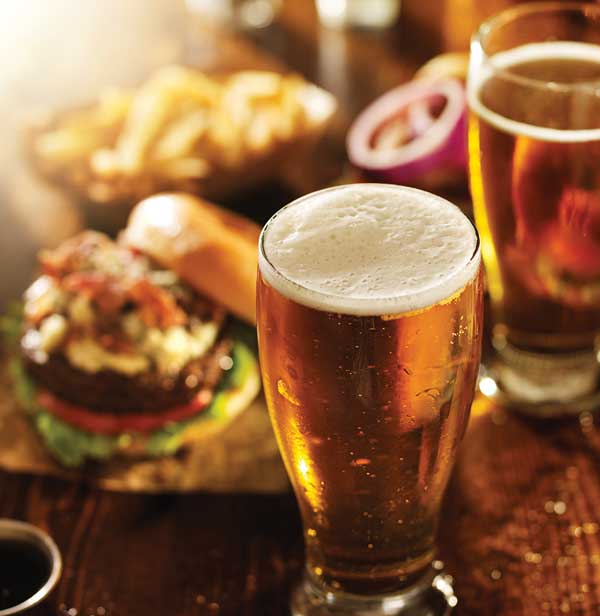What’s Brewing in the Global Beer Market
GLOBAL INSIGHTS
 Looking for ways to make your beer product stand out from the competition and attract consumers, especially in developing markets like China and Latin America and mature markets like North America and Europe? Kevin Baker, senior consultant-alcoholic beverages at Canadean, London (canadean.com), observed four trends influencing the global beer market that manufacturers can consider tapping into when developing new products. He presented these during a recent webinar, “Key Trends in the Global Beer Market.”
Looking for ways to make your beer product stand out from the competition and attract consumers, especially in developing markets like China and Latin America and mature markets like North America and Europe? Kevin Baker, senior consultant-alcoholic beverages at Canadean, London (canadean.com), observed four trends influencing the global beer market that manufacturers can consider tapping into when developing new products. He presented these during a recent webinar, “Key Trends in the Global Beer Market.”
• Premium Products. The growth in products positioned as premium is not unique to beer, and it is happening across all food and beverage categories. For his research, Baker considers premium to be based on pricing that is relative to the mainstream brand in retail. “So if a brand can command a higher price than the best-selling beer in the market, then it is premium because it must be offering something,” he said. Packaging, branding, image, and more can also factor into the premium perception of products, but “at the end of the day, the product has to be able to support that additional cost and has to be a better beer.” Nonetheless, the rise of premium products is having a major impact on the beer market, and Baker pointed out that the market growth of premium beers is outperforming discount and mainstream beers.
• Craft Beer. Several factors have contributed to the rise of craft beer in a number of different markets. These include a well-established beer market with consumers who have a knowledge and appreciation for beer and understanding of beer heritage, said Baker. Also important is the increasing number of consumers with disposable income who are seeking quality and are willing to pay for it. Baker explained that all of these conditions were in place in the United States and that’s why he thinks that the growth of craft beer took off in the U.S. market. In Europe, he is seeing craft beer gain traction as more gastropubs are established, which could translate into a growing number of retail opportunities.
• Sweet Flavors. Consumers around the world are looking for easier-to-drink, less bitter flavors, and Baker said a reason for this is that they are accustomed to drinking products like soft drinks that are sweet. Spirits drinkers have sweet cocktails and flavored rums and vodkas, and now beer drinkers can satisfy their sweet tooth with a number of sweet-flavored beer products. Brewers offer milder, less bitter beers as well as flavored beers and beer mixes, which are beers blended with lemonade or cola, to appeal to these consumers. In recent years, there has been a rise in the popularity of hard cider, which because it is made with fermented apples, is much sweeter than the beer products it is often sold alongside.
• Zero-Calorie Beer. Finally, Baker discussed the way that zero-calorie beers are transforming to appeal to wider audiences. He pointed out that these beverages, which were once produced for designated drivers or for people who could no longer drink alcoholic beverages, have now been repositioned as lifestyle choices or beers that can be drunk at any time of the day. “One of the most interesting things in terms of innovation in this sector is the positioning of nonalcoholic beers as isotonic drinks,” says Baker. To illustrate this, he presented a picture of an advertisement for an alcohol-free beer from European brewer Erdinger that shows an athlete consuming a beer with the marketing message, “The refreshing isotonic recovery drink.”
 Karen Nachay,
Karen Nachay,
Senior Associate Editor
[email protected]
